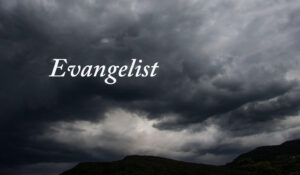Bowing at the feet and doing pranam has nothing to do with feelings of superiority or inferiority, nor is it the acknowledgement of someone being mightier and greater. It is a physical gesture that denotes three things. Firstly, acknowledging the divinity in the other person. Secondly, an expression of humility. Thirdly, the gesture of offering or surrender to the person. The Mother doing pranam to Sri Aurobindo denoted all three, especially, as Sri Aurobindo himself noted, the sign of complete surrender from the highest heights to the smallest cells of the body.
Ishwara and Shakti are one in their deepest essence. But here, upon earth, in the unfolding of the Lila, the Mother represented the Earth and the human element along with her truth of being the Divine Shakti. Her giving herself to Sri Aurobindo was the surrender of the earth and humanity to the Divine, a condition necessary for the Divine Life to manifest. Here is a letter of Sri Aurobindo revealing this truth of the double aspect that the Mother had to assume.
‘
21 August 1936
*
In some of the Mother’s Prayers which are addressed to “divin Maître” I find the words: “avec notre divine Mère”. How can the Mother and “divin Maître” have a “divine Mère”? It is as if the Mother was not the “divine Mère” and there was some other Mother and the “divin Maître” was not the Transcendent and had also a “divine Mère”! Or is it that all these are addressed to something impersonal?
The Prayers are mostly written in an identification with the earth-consciousness. It is Mother in the lower nature addressing the Mother in the higher nature, the Mother herself carrying on the Sadhana of the earth-consciousness for the transformation, praying to herself above from whom the forces of transformation come. This continues till the identification of the earth-consciousness and the higher consciousness is effected. The word “notre” is general, I believe, referring to all born into the earth-consciousness—it does not mean the Mother of the “Divin Maître” and myself. It is the Divine who is always referred to as Divin Maître and Seigneur. There is the Mother who is carrying on the Sadhana and the Divine Mother, both being one but in different poises, and both turn to the Seigneur or Divine Master. This kind of prayer from the Divine to the Divine you will find also in the Ramayana and the Mahabharata.’
21 August 1936
Affectionately,
Alok Da



